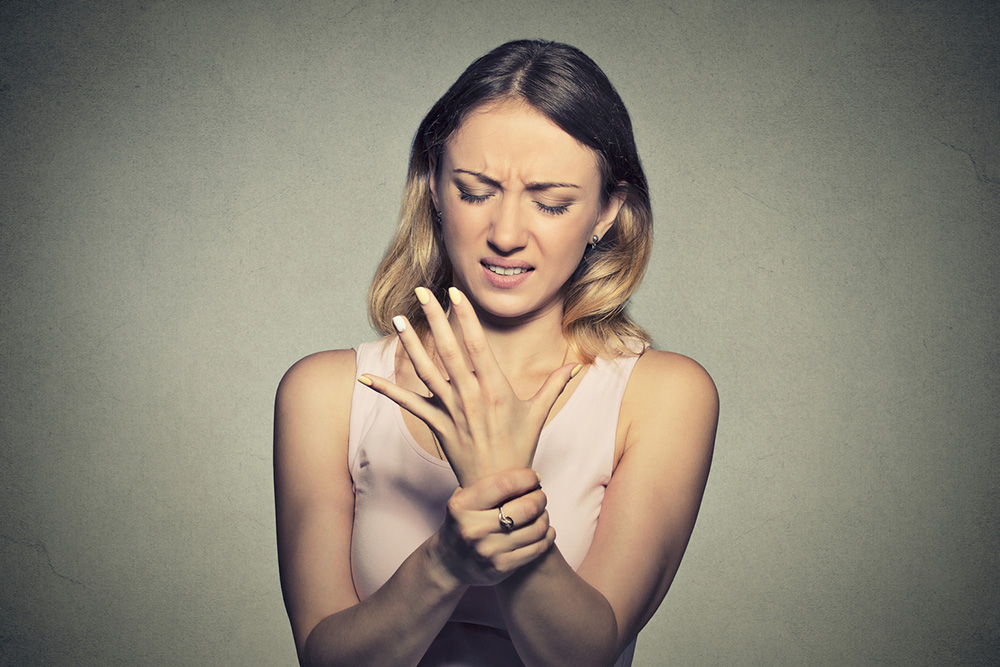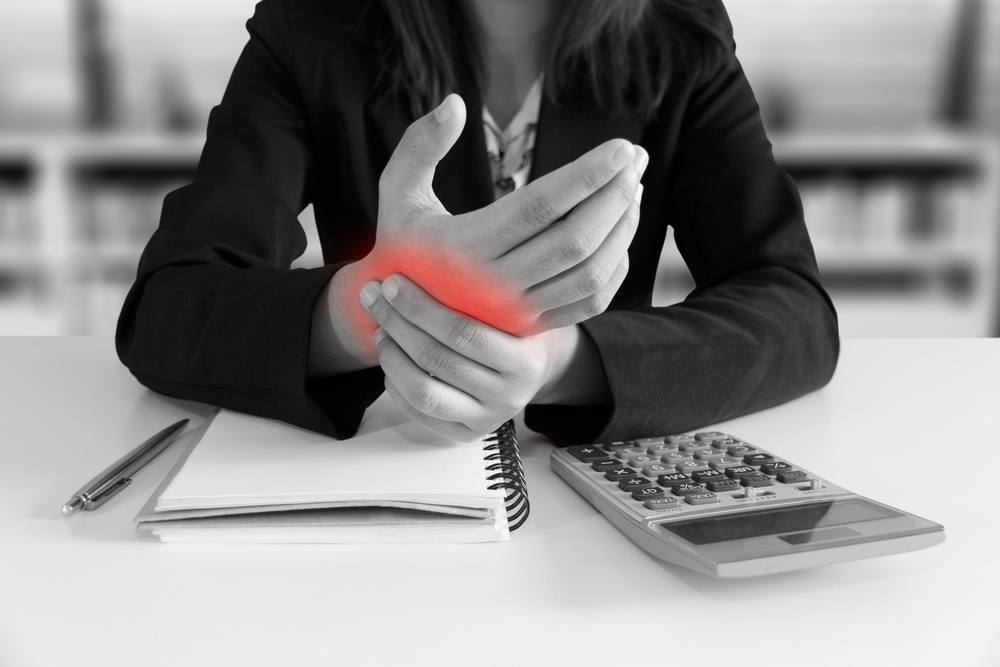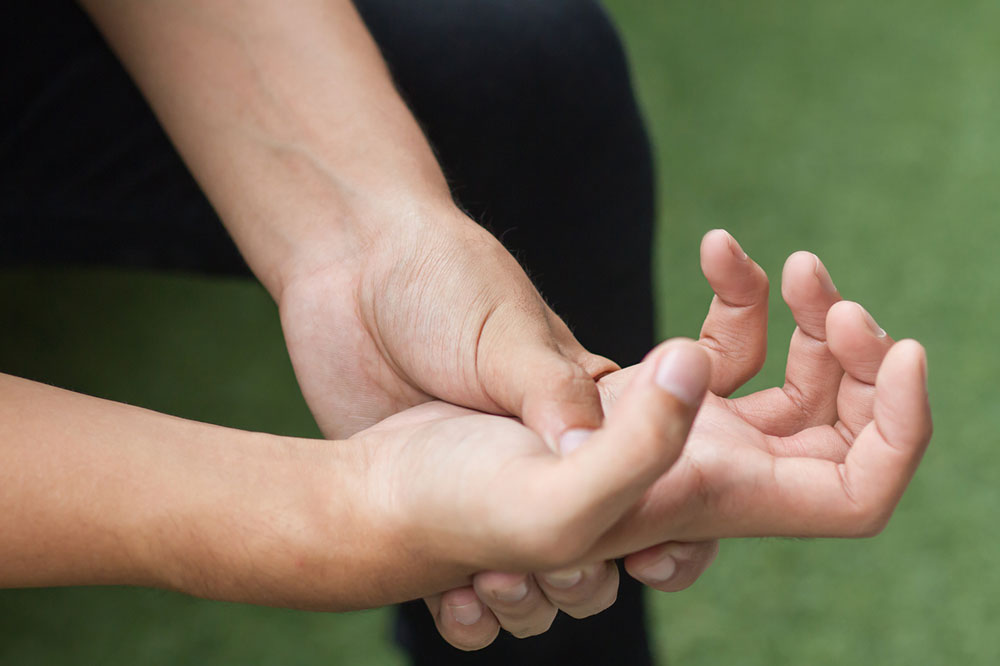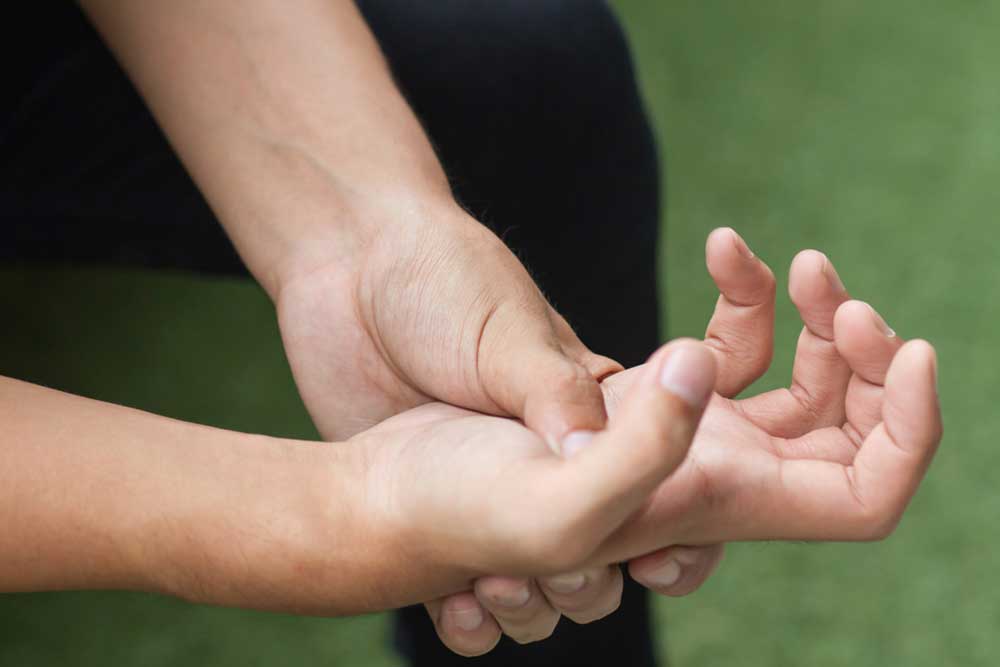Comprehensive Guide to Dupuytren's Contracture: Understanding Causes, Symptoms, and Modern Treatments
Explore an in-depth guide to Dupuytren's contracture, covering its causes, early symptoms, diagnostic methods, and the latest treatment options including innovative surgical and non-invasive techniques. Understand risk factors and learn how to manage this progressive hand condition effectively to maintain hand functionality.
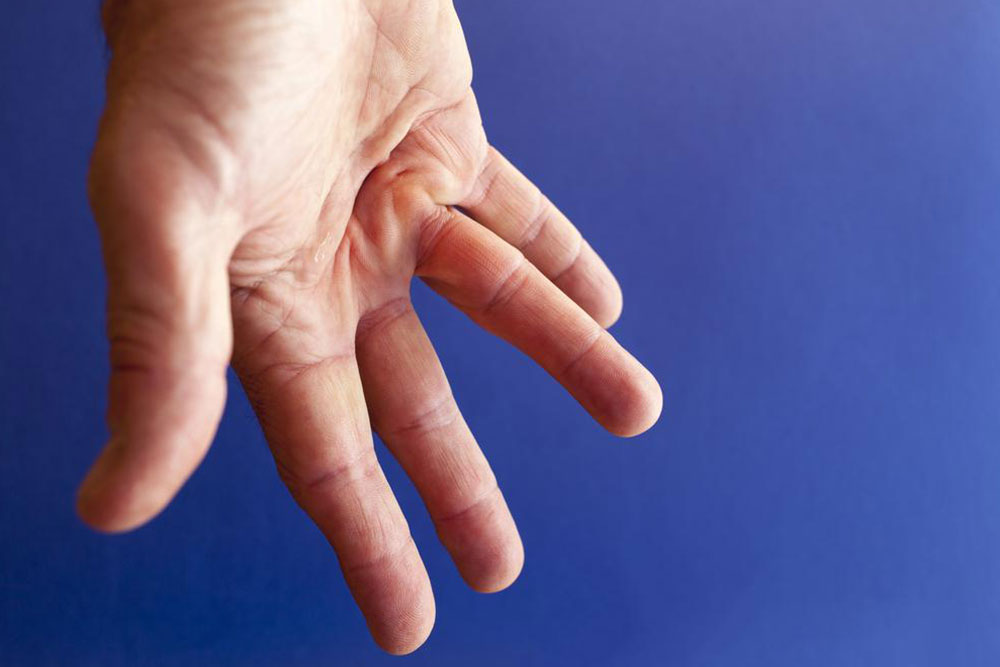
Dupuytren's contracture, also widely recognized as Dupuytren's disease, is a progressive disorder that primarily affects the connective tissues of the hand. This condition manifests through the thickening and tightening of the fibrous tissue beneath the skin of the palm and fingers, leading to notable deformities in finger movement. Over time, the development of fibrous cords causes the fingers—most commonly the ring and little fingers—to curl inward toward the palm, significantly impairing hand function and dexterity. This article delves into the comprehensive understanding of Dupuytren's contracture, exploring its causes, typical symptoms, diagnostic procedures, and the spectrum of treatment options available today, including innovative surgical techniques and non-invasive therapies. Additionally, we discuss risk factors and preventive strategies to better manage and potentially mitigate this condition.
Understanding the underlying causes of Dupuytren's contracture remains challenging, as no singular definitive trigger has been identified. However, epidemiological data suggest that multiple factors in combination influence the development of this disease. Genetic predisposition plays a significant role, with family history being a common characteristic among affected individuals. Environmental and lifestyle factors also contribute, including heavy alcohol consumption, smoking, and exposure to certain environmental toxins. Medical conditions such as diabetes, epilepsy, and Peyronie’s disease are associated with a higher prevalence of Dupuytren's. Moreover, studies have indicated that hand trauma and repetitive injuries may promote fibrous tissue proliferation, although these links are not conclusively established.
Symptoms usually begin subtly, often unnoticed at first, with small, firm nodules developing under the skin of the palm. These nodules are typically tender or tenderish in the initial stages. As the disease progresses, the fibrous cords lengthen and tighten, gradually pulling the fingers into a bent or curled position—a characteristic symptom called digital flexion contracture. Most commonly affected digits include the ring finger and the little finger. Patients may experience difficulty gripping objects, performing fine motor tasks, or even basic daily activities such as shaking hands or putting their hands into pockets, significantly impacting their quality of life.
Diagnosing Dupuytren's contracture involves a thorough physical examination and assessment of hand function. Physicians look for palpable nodules and cords and evaluate the extent of finger contractures using simple measurements like the table-top test or finger extension tests. Advanced imaging techniques such as ultrasound or MRI may be employed in complex cases to visualize the fibrous cords and assess the severity of the disease. Early diagnosis is crucial for effective management, enabling interventions that can slow disease progression and improve hand functionality.
Although no cure for Dupuytren's contracture exists, several treatment modalities are available depending on the severity and progression of the condition. Mild cases with minimal deformity may be managed through nonsurgical options like corticosteroid injections, which help reduce inflammation and possibly slow fibrous tissue growth. Physical therapy and stretching exercises can be beneficial in early stages to maintain hand flexibility, but their effects are limited once significant contractures develop.
For more advanced cases, surgical intervention is often necessary. The most common surgical procedure is fasciectomy, which involves removing the fibrous cords causing finger curling. Techniques vary from limited fasciectomy to more extensive procedures, including dermofasciectomy when skin is involved. Less invasive procedures such as needle aponeurotomy use a needle to rupture the cords, providing relief with shorter recovery times. Emerging minimally invasive treatments, like enzyme injections (collagenase clostridium histolyticum), have gained popularity as they effectively weaken the fibrous tissue, allowing the clinician to break the cords with minimal downtime.
Prevention strategies focus on modifiable risk factors such as quitting smoking, reducing alcohol intake, controlling blood sugar levels in diabetics, and avoiding repetitive hand injuries. Early recognition and intervention are key to preventing severe deformities and preserving hand function. Patients are advised to monitor for early signs and seek medical evaluation promptly upon noticing nodules or initial finger stiffness.
In conclusion, Dupuytren's contracture is a complex, multifactorial condition that necessitates personalized treatment approaches. While current therapies aim at managing symptoms and improving hand function, ongoing research continues to seek more effective solutions. Patients living with this condition should work closely with healthcare professionals to develop a comprehensive treatment plan tailored to their specific needs, ultimately enhancing their quality of life and hand health.
